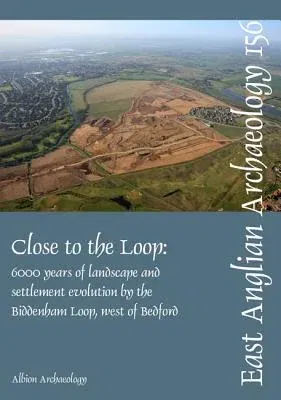The investigations have produced evidence for 6,000 years of landscape
and settlement evolution. Perhaps the most striking result is the
evidence for continuity, rather than discontinuity, in the development
of the landscape. The act of defining chronological periods, while
essential in describing past human society, does tend to accentuate
discontinuity. This applies both to individual monuments -- some on the
Biddenham Loop played a major part in people's lives for many
generations -- and to the wider landscape itself. The Neolithic and
Bronze Age monuments were incorporated into the middle Bronze Age field
systems and some were still used for the burial of the dead. Continued
use of these fields into the middle Iron Age and even the Romano-British
period is clearly evidenced by the way in which later farmsteads were
set up on their periphery. The positioning of the main early Iron Age
pit alignment across the Biddenham Loop has elements of both
discontinuity and continuity. It does 'cut' a number of ditched
boundaries but does so at the corners of fields, so that over the
majority of its course it crosses unenclosed land between two separate
middle Bronze Age field systems. For the Roman-Saxon transition it is
significant that the majority of the evidence for early Saxon settlement
occurs in the vicinity of Romano-British settlements.

